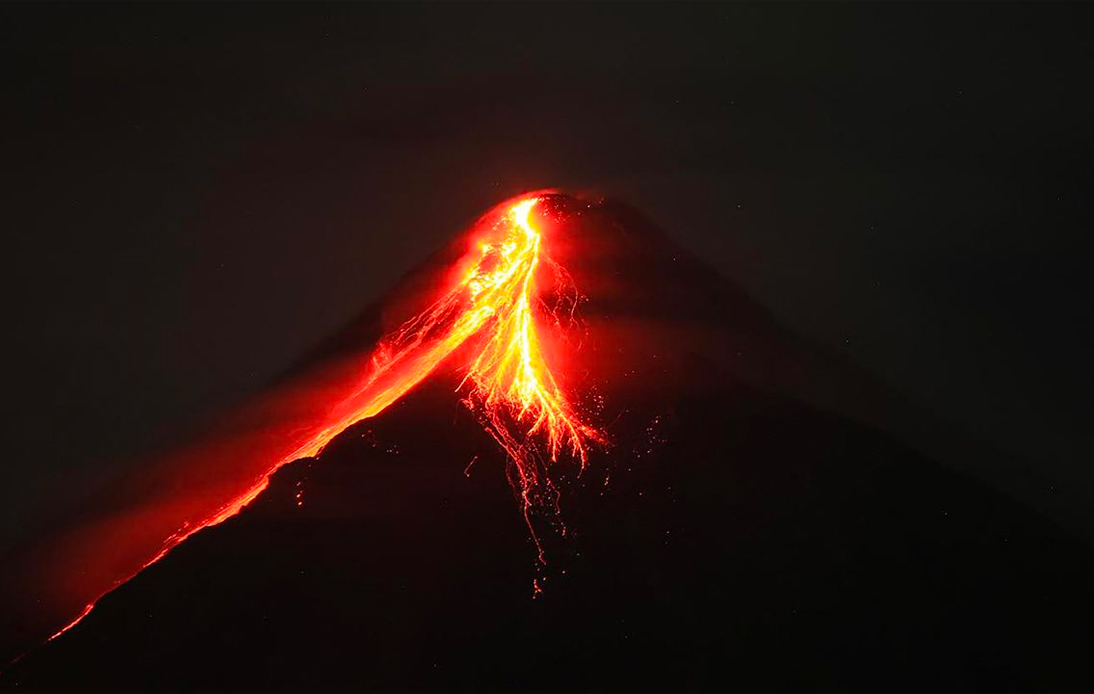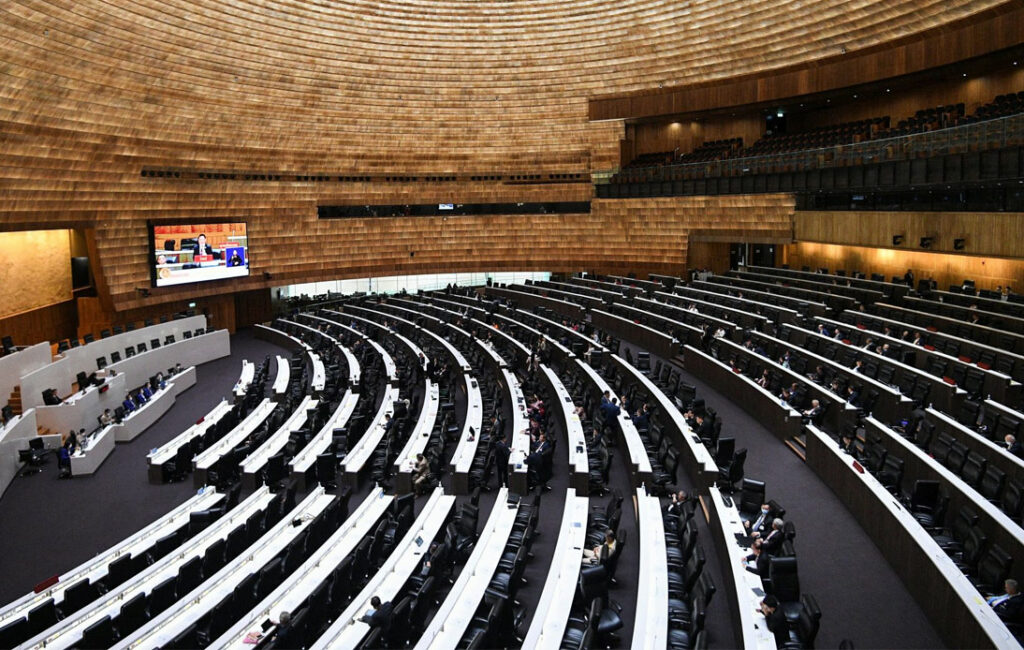
An approximate count of 13,000 individuals in the north-eastern region of the Philippines have been relocated due to ongoing lava flow from the country’s well-known volcano, Mayon.
Using trucks and buffalo-powered wagons, inhabitants within the “permanent danger zone” or a six-kilometre radius, sought refuge in evacuation centres.
Mayon, renowned for its “perfect” cone-like structure, initiated its lava discharge last week.
However, the process of evacuating began only over the recent weekend as the volcanic activity became more pronounced, triggering alert signals.
Teresito Bacolcol, the leading volcanologist of the country, indicated that additional evacuations might be necessary should the volcanic disturbances of Mayon escalate in the forthcoming days.
Currently, it’s categorized under the third-highest warning of a five-tiered system, predicting the possibility of a hazardous or explosive eruption. Scientists assert that while the volcano is indeed erupting, the pace is slow, with lava seeping from the crater.
Situated on an agricultural peninsula known as Bicol, Mayon is listed among the most active volcanoes in the nation. Recent weeks have seen an increase in unrest, characterized by more frequent earthquakes and rocks falling from its crater.
“A perilous rapid flow of volcanic gases and rocks from the crater is possible,” Bacolcol warned the local press. “Evading these currents would pose a challenge.”
A historical eruption in 1814 resulted in the death of 1,200 people and the complete burial of a town. However, subsequent eruptions in 2013 and 2018 had fewer casualties owing to the establishment of an off-limits perimeter.
Mayon, casting a fiery red glow, has started attracting tourists who set up camps on hilltops to observe the volcanic marvel. Being termed as the world’s “most conical” volcano by Guinness, Mayon enjoys considerable popularity among tourists.
Local authorities have allocated certain viewpoints for adventure enthusiasts to marvel at its radiant crater.
Eugene Escobar, a regional disaster response official, shared on Monday during a TV interview, “Last night, Mayon again put on a show as lava flowed from its crater.”
Philip Balselle, a French tourist, shared with ABS-CBN News that his Philippine holiday coincided with Mayon’s current activity, making him feel fortunate. He was among a group of tourists at a vantage point in a neighbouring town.
“It’s the first time in my life that I’m seeing Mayon, and there’s volcanic activity,” remarked Joseph Palasigue, a Filipino tourist from Manila, the capital, a half-day’s drive away.
The beauty of Mayon is a part of the local pop culture and folklore. Its name originates from the local term for a beautiful woman, daragang mayon.
In 2018, Catriona Gray, a Filipina beauty queen, won the Miss Universe title wearing a gown inspired by the lava flow of Mayon. She has her roots in Albay province, where the volcano is situated.
Mayon is one among the 24 active volcanoes of the Philippines. Recently, two others – Taal and Kanlaon – have been under close monitoring for signs of disturbances.
Although recent eruptions haven’t directly caused many fatalities, historical typhoons have instigated deadly volcanic mudflows.
Typhoon Durian in 2006 unleashed volcanic debris from Mayon’s slopes, resulting in the burial of villages and around 200 fatalities. Super Typhoon Goni in 2020 resulted in a minimum of 10 deaths from volcanic mudslides.
This past weekend, a powerful Pacific typhoon fortunately bypassed the area surrounding Mayon.





















